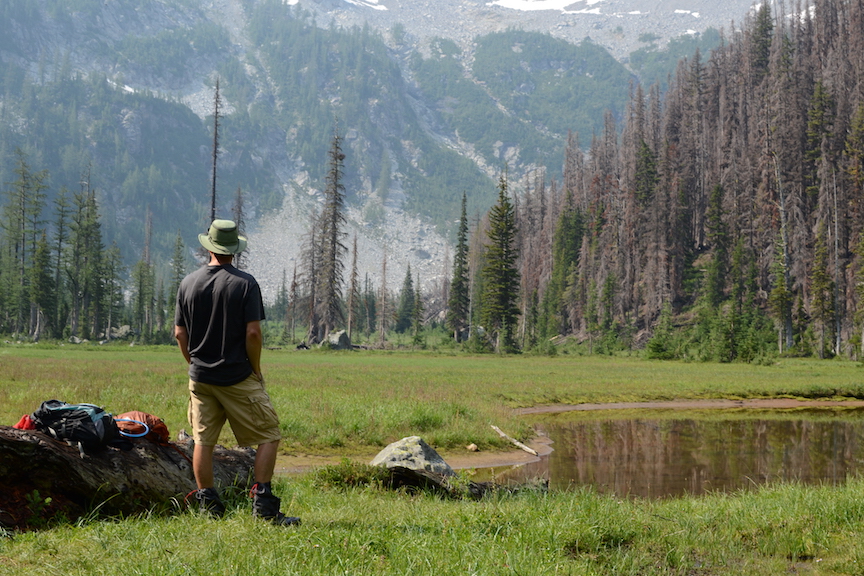A Century to Unfold
This weekend we celebrated my grandmother’s 100th birthday in Glidden, Iowa. Leta Kruse was born January 6, 1919 she has lived a full century, always living within seven miles of where she was brought into this world. From horse ‘n buggy to self-driving cars, Leta Sophia Jennie Bushman married as Leta Kruse has seen one hundred incredible years of change.
In her life time has been the invention of the band aid, hearing aid, pop-up toaster, vacuum cleaner, penicillin, television, cellophane tape, Nylon, ball point pen, automatic clothes washer, color TV, nuclear weapons, microwave oven, cake mixes, automated coffee maker, polio vaccine, video tape recorder, jet liner, seat belts, smoke alarm, pop-top cans, pocket calculator, electronic mail, bar codes, personal computer, communications satellite and GPS, mobile phones, world wide web, text messages, DVD, smart phones, and hybrid and self-driving cars.
In sitting beside her I observe tireless, capable hands and fingers that have worked in fields, harvested from gardens, cooked, canned, and served countless meals to family, farm hands, neighbors, and friends. She has sewn, crocheted, and mended; raised three children and welcomed seven grand children and four great grand children into their home; and written more words than we ever could count, including her life’s story The Dash. At one hundred years Leta yet conducts her own accounting, writes her own checks, beats contestants on the Wheel of Fortune, and flies through word puzzles at the rate of a book every other day.
To look into her eyes and know what she has seen is to enter a portal to a century of invention, war, discovery, and transformation. A year after her birth women were given the right to vote and at age eight Lindberg flew across the Atlantic ocean. The Great Depression of the 1930s would have a lasting effect on her entire generation, and upon her children and grandchildren. I too am a product of that era, careful with my money, buying only what I can afford, and keeping old things running like new for as long as possible.
World War II, the Korean, Vietnam, and two Gulf wars filled the air waves and television screens. Seventeen U.S. presidents have sat in the oval office. Leta has witnessed humans walking on the Moon, the Mariner, Viking, Voyager, Galileo, Spirit, Opportunity, and Curiosity explorers and images from the Hubble Space Telescope.
As Leta has said time and time again, “What will the future hold?”
More than what she has seen or experienced, her extended family enjoys what she and her husband Raymond have given. The Pride of the Valley family farm continues to provide each of her children, grand children, and great grand children the comfort of knowing they will always have a place to call home. No matter the financial state of the nation or condition of our families, we have more than four hundred acres of rich, productive farm land and beautiful, viable timber along the winding Racoon River.






